Super Soviet boosters rusted in storage for 20 years
After nearly two decades of abandonment in the warehouse, the Soviet powerful Energia rocket has deteriorated dramatically.
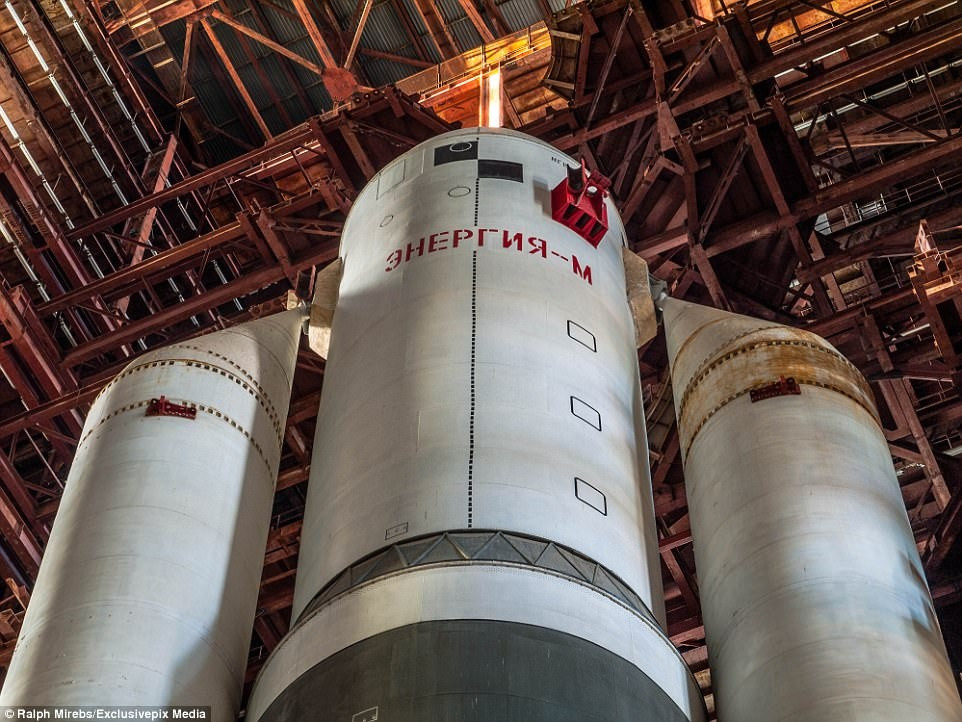
In the late 1970s, the Soviet Union built the Energia super-strong rocket model with the mission of bringing unmanned space shuttle Buran to space and competing with NASA's Saturn V missiles that used to ship American Apollo to the Moon. , follow Longroom.
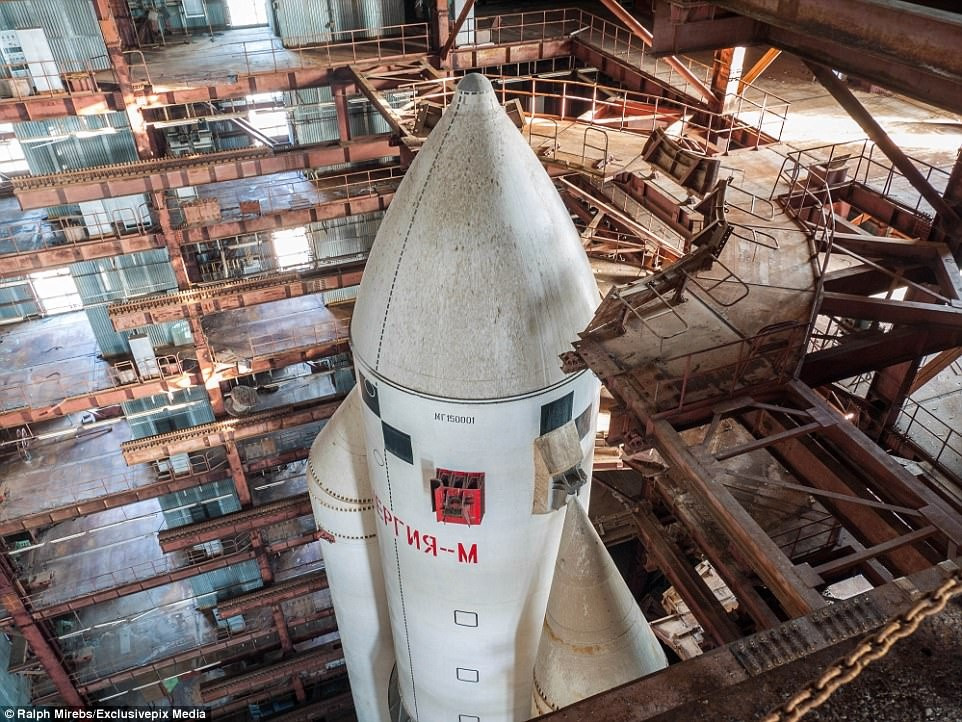
The rocket is currently in an abandoned warehouse for nearly two decades at the Baikonur Cosmodrome launch yard, Kazakhstan.
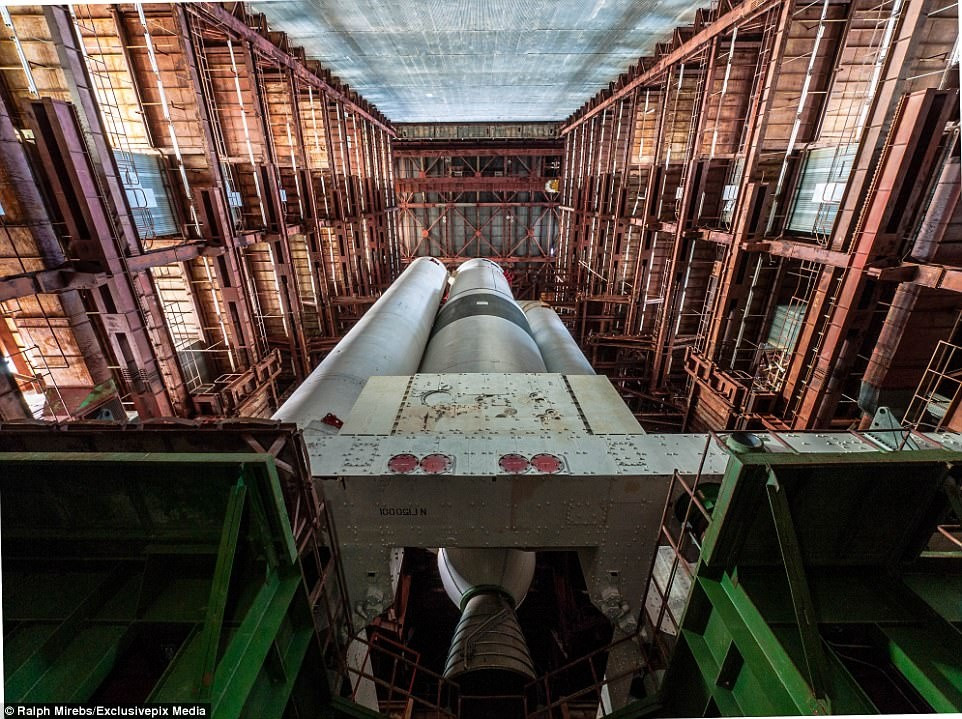
Energia flew the test in 1987 and carried out the first task of bringing the Buran into orbit in 1988.
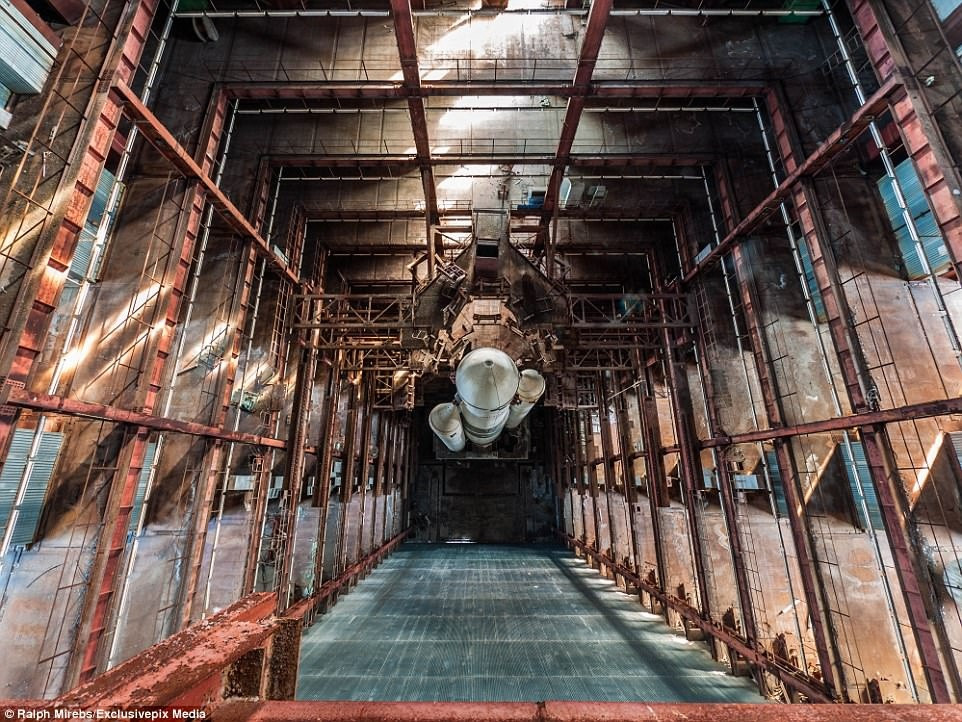
Initially the missile was planned for the mission to take the spacecraft to explore the Moon, but the mission was later canceled.The missile was abandoned in the warehouse after the Soviet Union disintegrated.

The rocket is made of ultra-light alloy, has a total weight of about 2.4 tons and is capable of pushing objects weighing 100 tons into orbit.
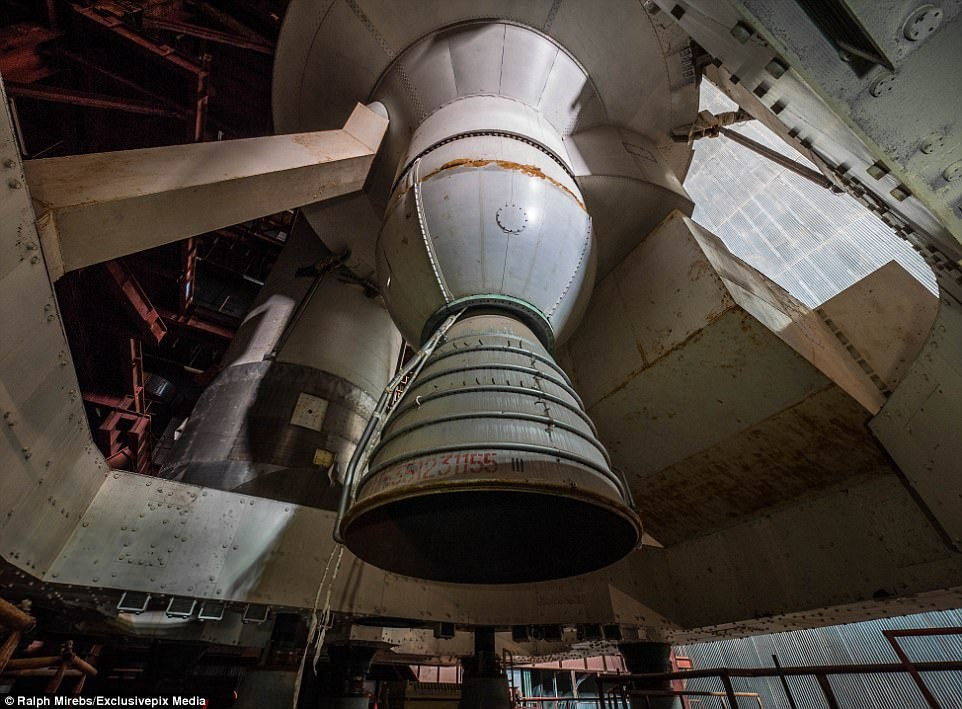
The number of missile numbers is blurred because the metal coating on the outside starts to rust and peel.

A steel frame is firmly reinforced to protect missiles from shock waves in the event of an explosion near the storage.

The large sliding door measures 42 x 36m, allowing the missile to be moved to the launch pad near the storage.

The top part of the rocket is designed based on the aerodynamic principle.

Despite being abandoned and seriously degraded, the technology of the Energia rocket can still be used by Russia in its plan to conquer the Moon by 2030.
- Russia plans to revive super Soviet Energia missiles
- How did the Soviet Union create its own super dog?
- The best Soviet tanks have never been born
- The CIA audaciously stole a Soviet spacecraft 70 years ago
- Japan develops new boosters
- The adopted brother of the Soviet Union caused fascist tankers to be horrified
- Why has the Soviet Union never been to the Moon?
- Video: SpaceX's failed ground-boosters
- The CIA reveals the mystery of Soviet attack on aliens
- NASA built the most powerful rocket ever
- Super capacitor still works after 40 times being hit by hammer
- Disk data storage for 1 billion years
 The 11 most unique public toilets in the world
The 11 most unique public toilets in the world Explore the ghost town in Namibia
Explore the ghost town in Namibia Rare historical moments are 'colored', giving us a clearer view of the past
Rare historical moments are 'colored', giving us a clearer view of the past The world famous ghost ship
The world famous ghost ship